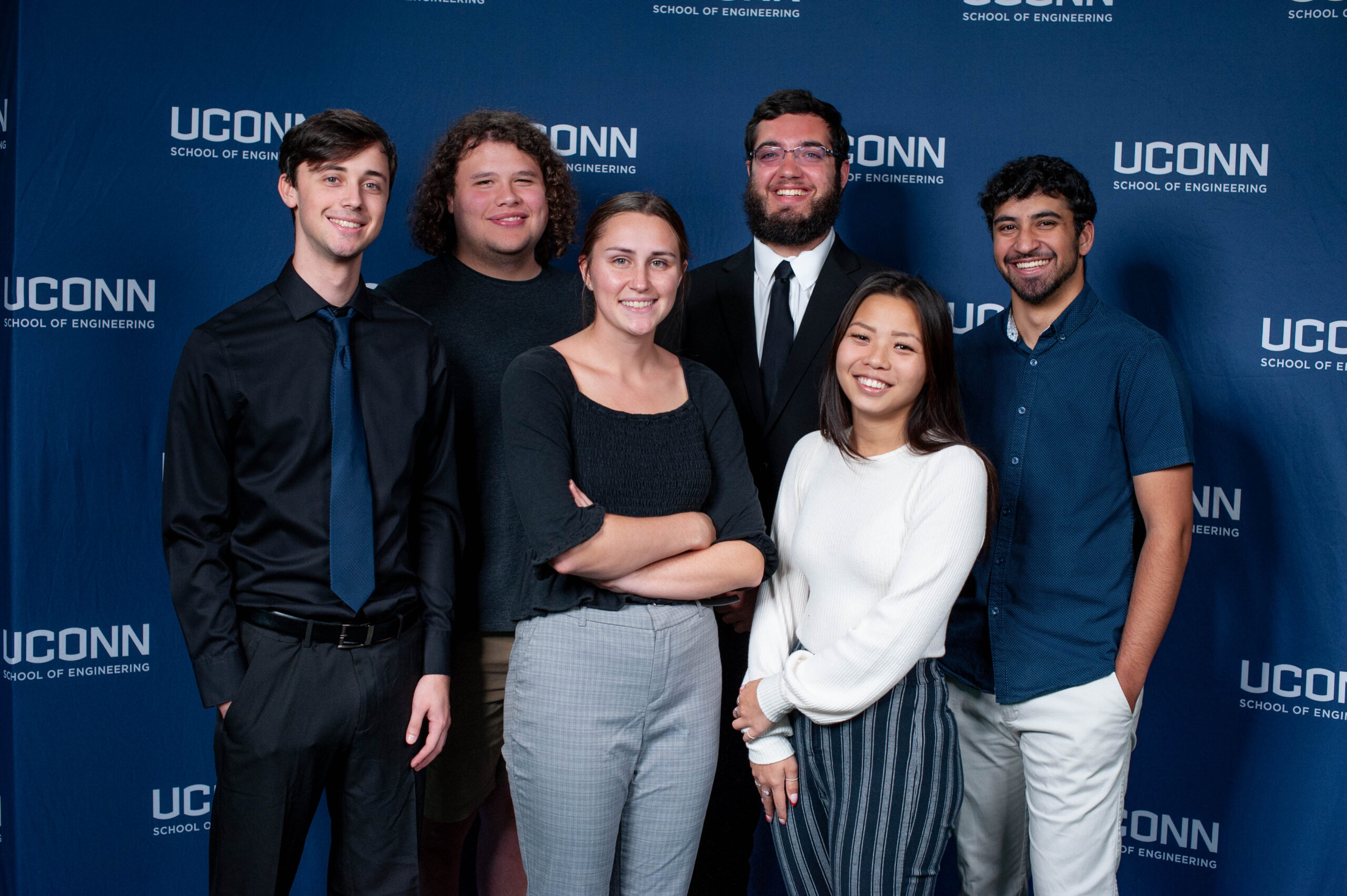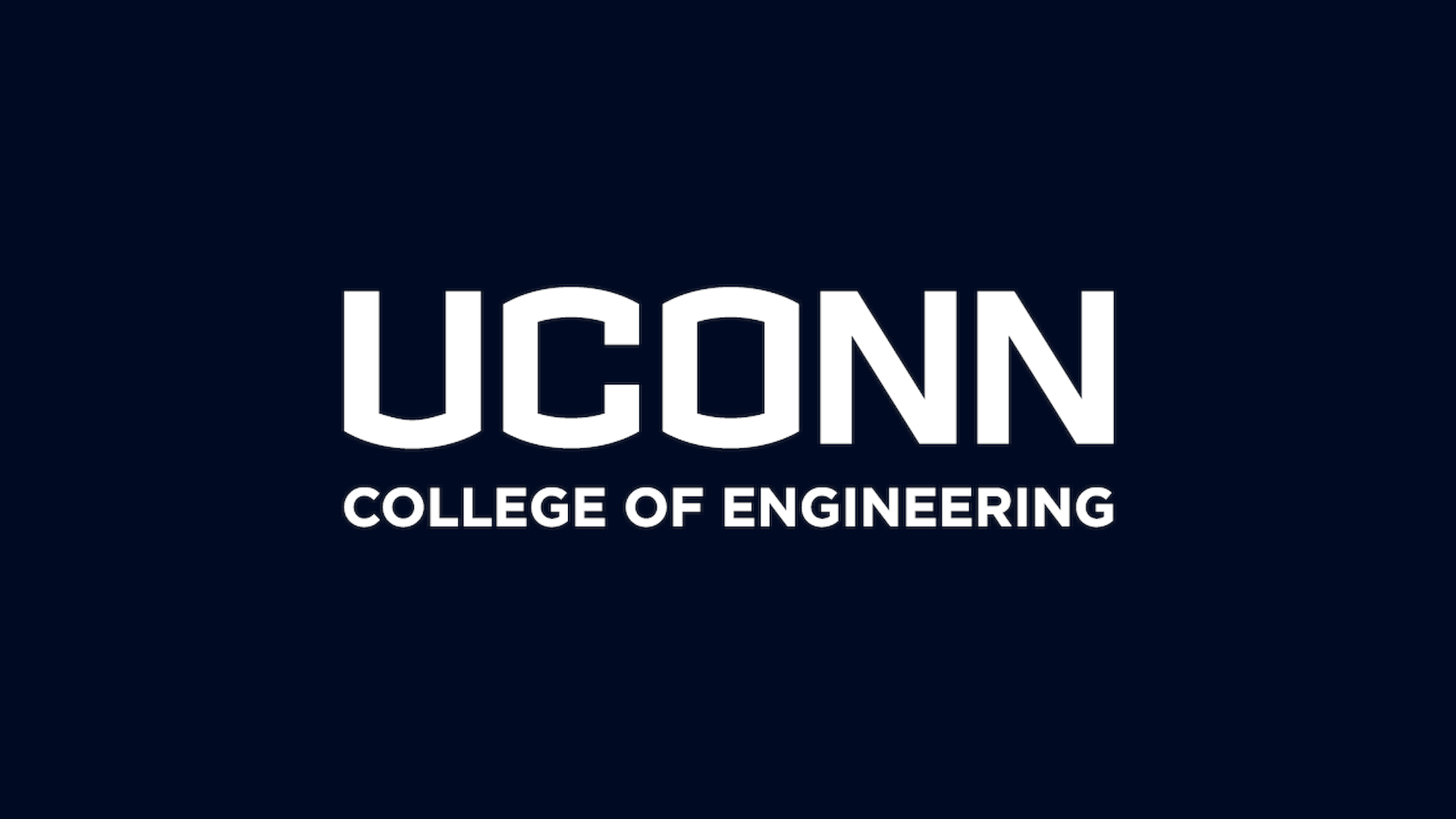

This video contains proprietary information and cannot be shared publicly at this time.
Team 11
Team Members |
Faculty Advisor |
Maximilien Klein |
Yuan Hong Sponsor Lockheed Martin |
sponsored by

Label Verification Project
The team was tasked by Lockheed Martin to determine a robust optical character recognition (OCR) technology that quickly and accurately identifies, reads, and records unique identifier labels (UIDs). In the manufacturing process, important information about machine parts – including part numbers, serial numbers, cage codes, pin numbers, barcodes, QR codes, and other positional information – needs to be documented. Current documentation implementations are mainly written by hand. Thus, the overall aim of the project is to improve part traceability by reducing potential human error that occur with the manual transcription of UID labels and to speed up the documentation process. To develop and train an OCR model, we generated a synthetic data set of UID labels – including a variety of information and various fonts and colors. To diversify the data, we also created irregularities using approaches such as image rotation, scaling, and translation, as well as adjusting brightness and contrast, adding noise, and simulating anomalies such as camera lens flares or light glares. Our solution consists of vital image preprocessing techniques, consisting of scaling, de-noising, orientation correction, and binarization, which make the images more readable to a computer. With these techniques, we achieved substantially higher accuracy of optical character recognition. After experimenting with various existing OCR technologies, including but not limited to MATLAB's character region awareness for text (CRAFT) model, and the Google Tesseract OCR engine, we found that a combination of preprocessing techniques and fine-tuning of the Tesseract OCR engine to our specific task was an optimal solution for label verification.
